
Photo by Jeff Salvage. Used by permission.
According to World Athletics (formerly the International Association of Athletics Federations), the world governing body of track and field, there are only two rules to race walking:
1. Race walking is a progression of steps so taken that the walker makes contact with the ground, so that no visible (to the human eye) loss of contact occurs.
2. The advancing leg must be straightened (i.e. not bent at the knee) from the moment of first contact with the ground until in the vertical position.
That might sound complicated but take a look at the illustrations.

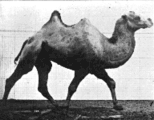 You don't have to be a camel to race walk, but our ship of the desert here is demonstrating excellent race walking technique.
You don't have to be a camel to race walk, but our ship of the desert here is demonstrating excellent race walking technique.
If you focus on the camel’s two front legs, you will see that he reaches out in front with a bent "knee." Then he draws the leg back so that at the point of contact with the ground, the knee and the entire leg is straightened.
The leg remains straightened as it passes under the body. This action satisfies the rule that the advancing leg must be straight at the knee joint when the heel contacts the ground. Note that the leg continues to push back to its utmost extension, before propelling itself forward again.
As soon as the back leg and foot are pushing off, the front or advancing leg is straight and about to land. This fulfills the rule that no loss of contact is visible to the human eye.
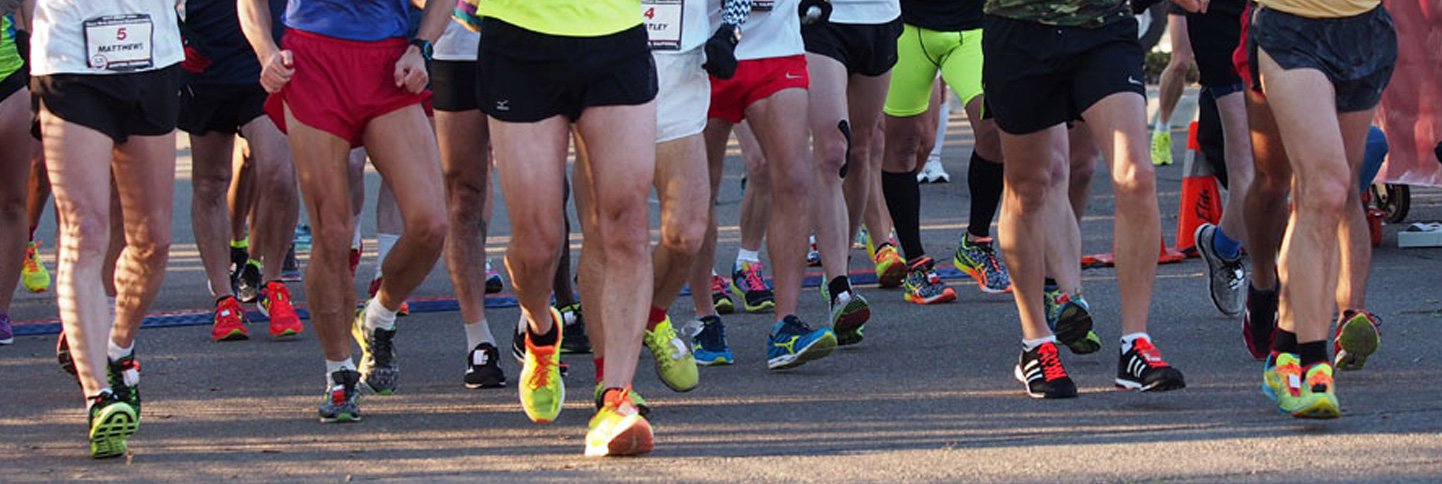
Photo by Calvin Lau. Used by permission.
Like any exercise, race walking provides a host of physical and mental health benefits.
While race walking appeals to a broad cross section of people, it is especially attractive to runners who are finding that the years of pounding the pavement as a runner are taking a toll on their aging bodies.
Increasingly, knee, hip or back pain is interfering with their ability to train. For these folks, race walking could well be their solution.
Race walking offers the same simplicity of running – no equipment or facilities needed, just you and your shoes – but with less stress on the joints.
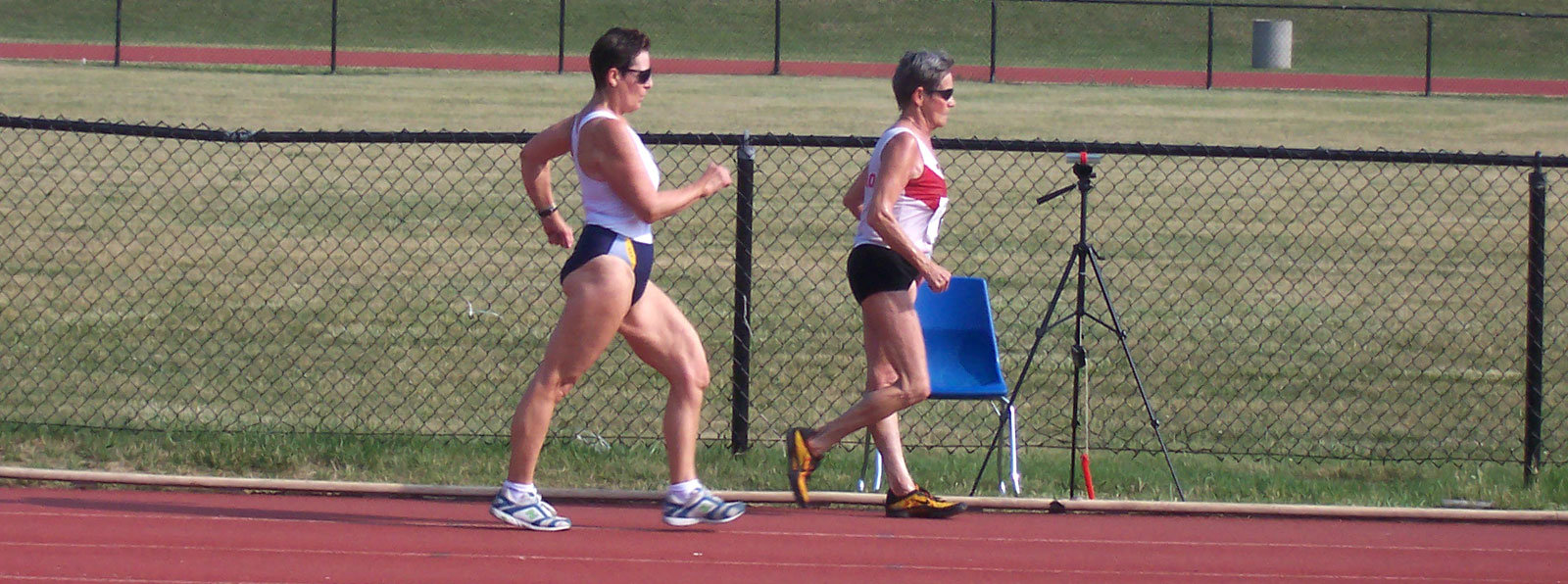
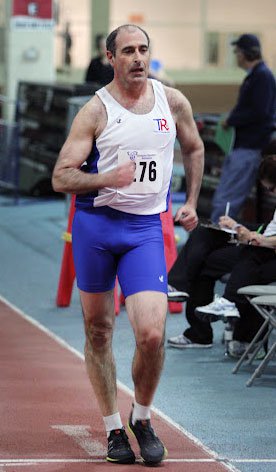 Many people think that race walking and power walking (or speed walking) are one and the same thing. While both use vigorous arm movements, the big difference happens below the waist.
Many people think that race walking and power walking (or speed walking) are one and the same thing. While both use vigorous arm movements, the big difference happens below the waist.
A power walker tends to walk with a long stride by reaching far out in front. Watching a power walker, it is easy to see the beginning and end of each step.
A race walker lands not far from the front of their body, fairly close to their centre of gravity. The stride is similar to a rotating bicycle wheel. The front foot lands just as the back foot is pushing off. Unlike power walking, this makes it difficult for an observer to see the beginning and end of each step.
While power walkers can attain reasonably fast speeds, the technique is limiting. No matter how hard a power walker trains, at a certain point, they will reach a natural limit, around an 11 – 12 minute mile pace.
The unique race walking stride, with its natural hip extension, results in a smooth flowing action and allows walkers to attain much greater speeds.
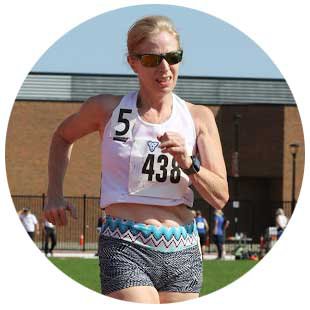

Nancy has a real eye for technique. Thanks to her coaching, my race walking form is much smoother and I no longer get cautions in races from the judges.
— KITTY CASHMAN